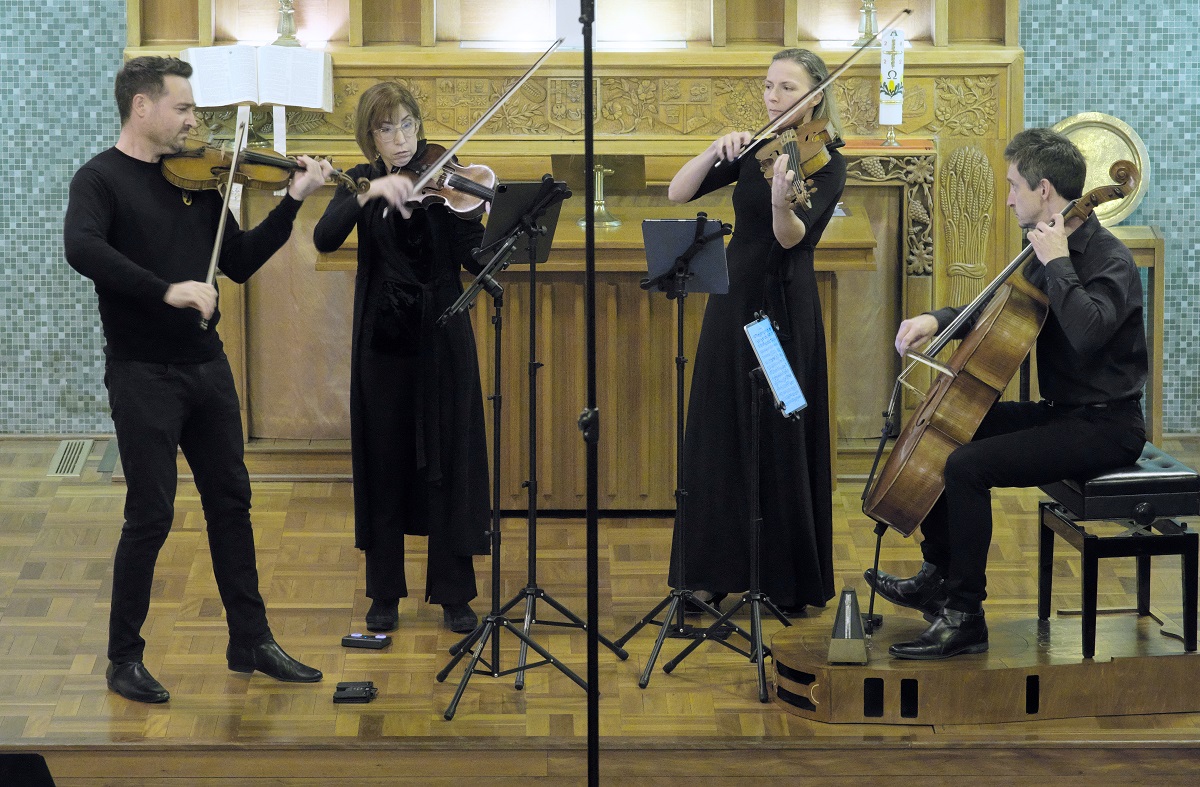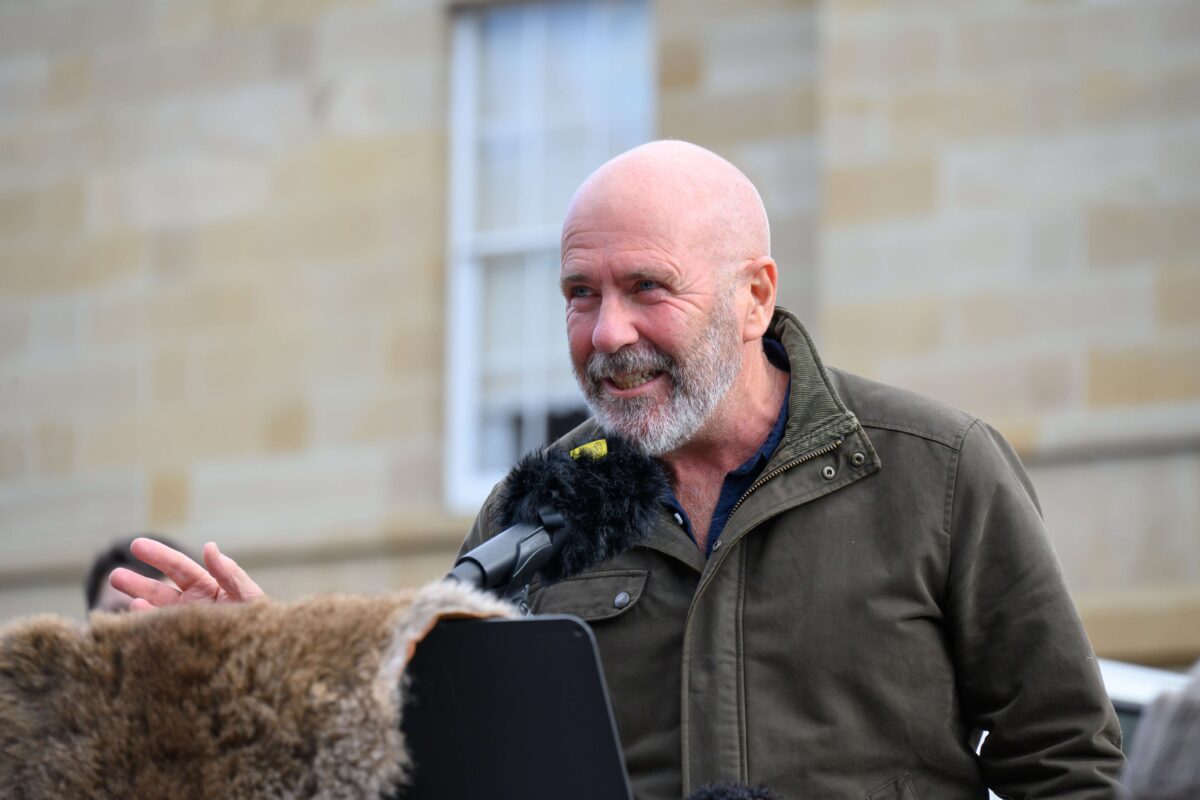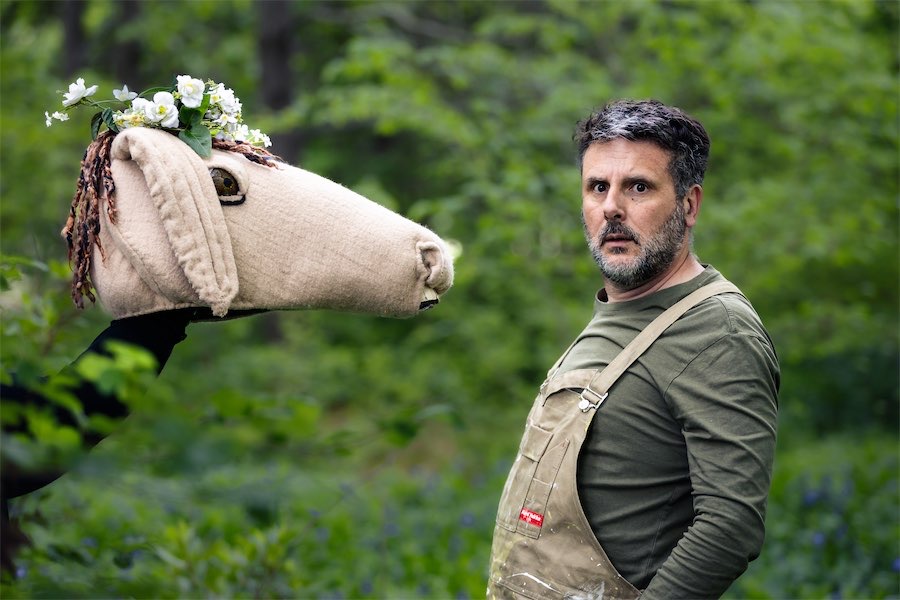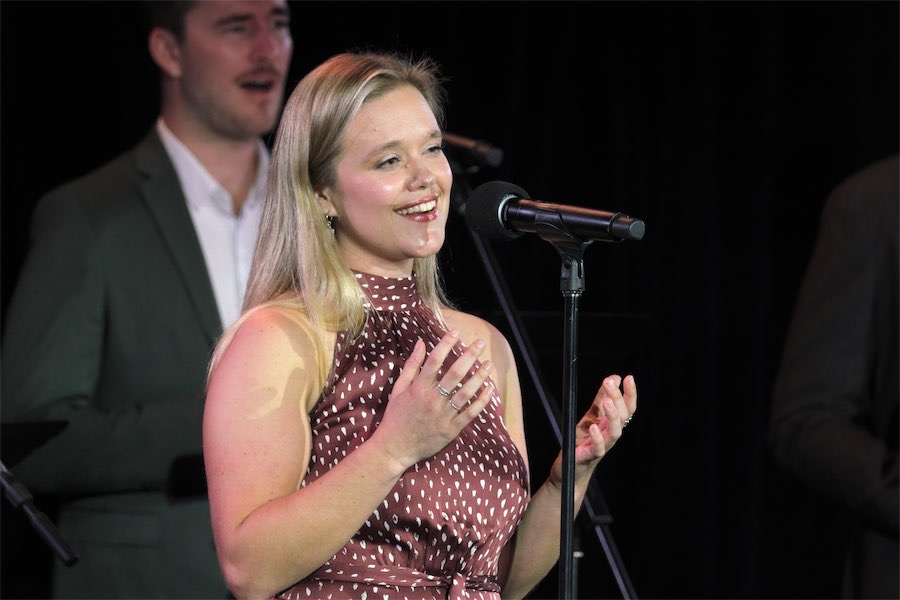
Photo by Peter Hislop.
Music / “Enlightenment”, Phoenix Collective Quartet. At Wesley Uniting Church, Forrest, June 10. Reviewed by GRAHAM McDONALD.
IF there is one thing that audiences can expect from the Phoenix Collective Quartet, it is that no two concerts will be alike, apart from being well performed and imaginatively programmed.
In the past 18 months or so its concerts have ranged across Scandinavian folk tunes, Elvis Costello’s “The Juliet Letters”, a collaboration with an ehu player as well as many of the established standards of the quartet repertoire.
This concert was no exception. It opened with the world premiere of a work by Australian composer Sally Whitwell. This is a work composed, so the program notes tell us, as a response to the COVID-19 pandemic, conceived as a piece of music that could be performed under many of the circumstances that have limited social interaction over the past couple of years.
It can be performed by four musicians on stage, as we heard it, or any combination of social distancing, video link-ups or even pre-recorded some of the parts.
The quartet started out with just cellist Andrew Wilson on stage with a metronome and the other three musicians in the back corners of the church before gradually joining him on stage. A very attractive musical work, it was over entirely too quickly. Another movement would have been welcome.
The second work was Felix Mendelssohn’s “String Quartet No. 2 in A minor, Op 13” written in 1827, when he was 18, and in the same year as Beethoven’s death. This piece seemed to have some stylistic linkages to Whitwell’s in the use of pizzicato as rhythmic elements, though a different style of quartet writing and seemed quite appropriate to follow the opening work.
The final work was the “String Quartet No 3 in F major, Op 73” by Dmitri Shostakovich. Written in 1946, it can be seen as Shostakovich’s reflection on the recently concluded World War II. This is complex, descriptive music shifting in mood and emotion in each of the five movements and ending with a wonderful fade out, which made it all the more evocative.
As an antidote to the seriousness of the Shostakovich, the ensemble added a short encore, one of the Danish dance tunes from the Danish String Quartet – an entirely suitable way of ending a most enjoyable concert.
Who can be trusted?
In a world of spin and confusion, there’s never been a more important time to support independent journalism in Canberra.
If you trust our work online and want to enforce the power of independent voices, I invite you to make a small contribution.
Every dollar of support is invested back into our journalism to help keep citynews.com.au strong and free.
Thank you,
Ian Meikle, editor




Leave a Reply